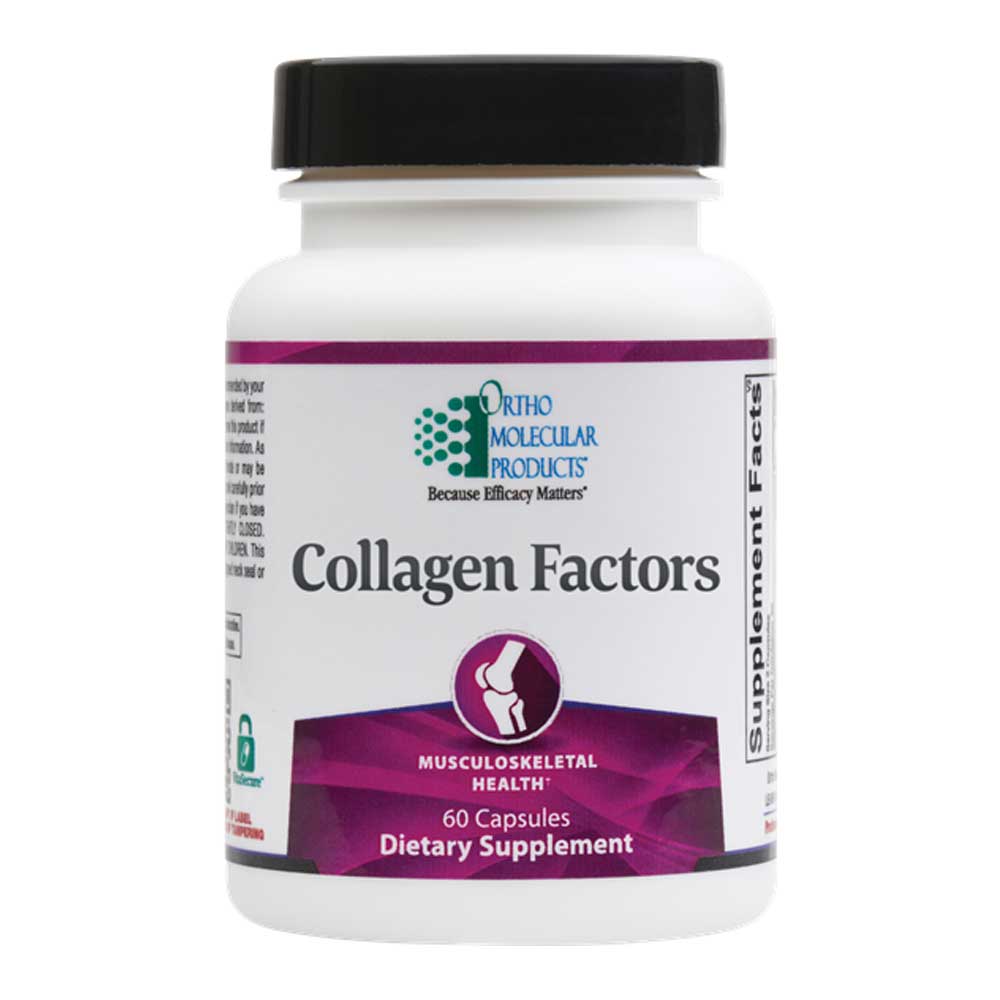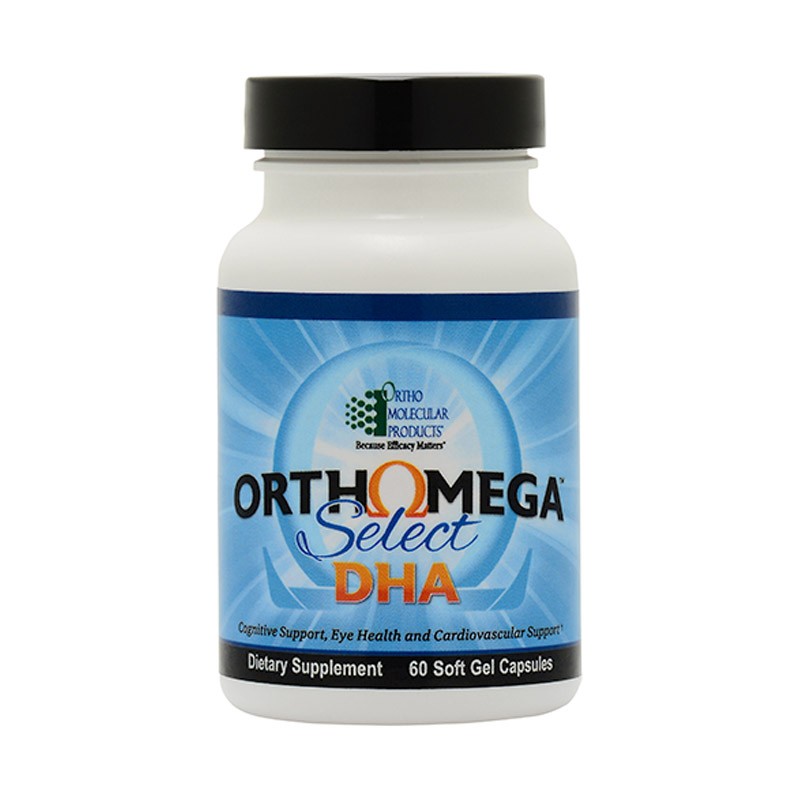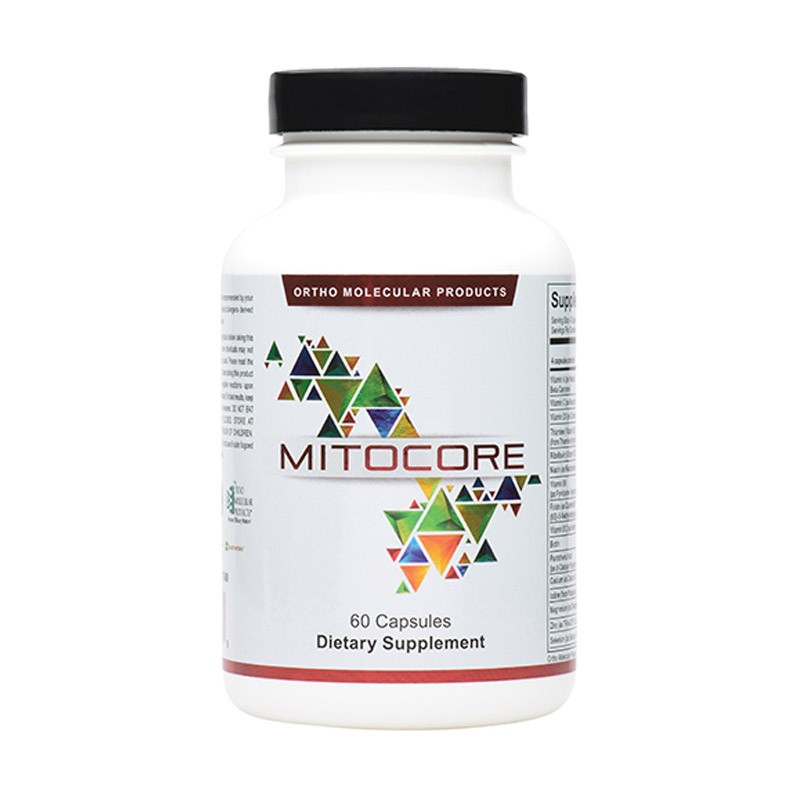INGREDIENT BENEFITS
Hyaluronic Acid Extract
Mobilee® is a patented, high-molecular-weight hyaluronic acid (HA), which enhances the viscoelastic, lubricating properties of synovial fluid. In addition, it contains collagen and other glycosaminoglycans (GAGs) to enhance skin and joint health. Hyaluronic acid also plays a role in the biophysical, biochemical and cell regulation processes in joint synovial tissues. Scientific evidence shows that Mobilee® supports chondrocytes and synovial cells function, and is two to four times more active than fermented sources of HA in nourishing and supporting the health of synovial fluid. The latest clinical research includes HA in proactive and maintenance approaches to joint care that supports normal range-of-motion. Research suggests that Mobilee® supports the quality of synovial fluid by positively influencing synovial HA concentration, and by reducing the expression of degradative factors in synovial fluid.
Specific Precursors
Collagen is comprised of and formed from the amino acids proline and lysine. Lysine is an essential amino acid the body relies on adequate dietary intake for its involvement in the synthesis of connective tissues. Proline is well-known for its involvement in the triple helix of collagen—it is regularly spaced with glycine in the amino acid sequence of collagen fiber, which together comprise about 50% of total collagen sequencing. Proline contributes to not only collagen formation, but muscle, tendons and skin. Lysine helps support the linking and stabilization of collagen, and contributes to the collagen matrix formation of veins, arteries and capillaries. During procollagen synthesis, both proline and lysine are hydroxylated to hydroxyproline and hydroxylysine, a reaction requiring vitamin C as a cofactor. Inadequate levels of vitamin C can impact this reaction, resulting in incomplete formation of the helical structure, in which leads to a delicate and easily destroyed structure. Vitamin C is combined with two amino acids—lysine and proline—to form procollagen. Procollagen is then used to manufacture one of several types of collagen found in different tissues throughout the body.
Targeted Cofactors
Zinc is an essential trace mineral that supports DNA synthesis, cell division, cell membrane structure, immune function, and protein synthesis. Requirements are highest when the body’s repair system is most active. MSM is responsible for the flexible disulfide bonds between cells, including those that make up connective tissue and the skin. It blocks undesirable chemical and physical cross-linking of collagen and preserves connective tissue pliancy, which is crucial for supporting healthy collagen. MSM has been shown to significantly increase plasma glutathione levels, an additional benefit in maintaining collagen’s defensive mechanisms against oxidative stress. Multiple clinical studies also show that MSM, in combination with other joint health ingredients, supports tendon and joint health. Manganese assists the growth and development of normal bone and the synthesis of cartilage. Manganese is also a structural component of antioxidant enzymes, and aids in amino acid production. During the tissue synthesis process, which requires an increased production of collagen, manganese is required for the activation of prolidase, an enzyme that functions to provide the amino acid proline, for collagen formation in human skin cells. Nutritional co-factors required for tissue regeneration include zinc, vitamin C and amino acids. Inadequacy of these nutrients impacts endogenous collagen production and connective tissue synthesis.







